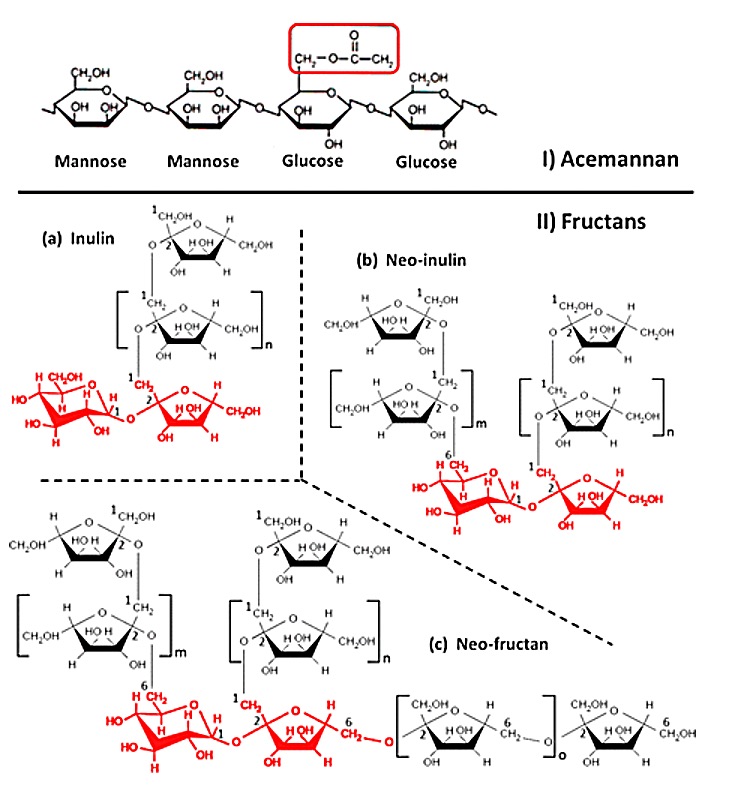Ortho-Acetyl
Acemannan measured with the ortho-acetyl method
Quantitation of Aloe Vera Polysaccharides.
Quantitation of Aloe Vera Polysaccharides.
Aloe Vera Gel is a water-gel system that contains the putative bioactive glycan, acemannan, plus amino acids, other carbohydrates, organic acids, and vitamins. Specifically, the gel is colorless and contains < 2% solids, of which about 78% of the solids are acemannan. Specifically, acemannan is a long-chain poly-dispersed beta-(1,4)-acetylated poly-mannose with interspersed acetyl groups, with a mannose monomer/acetyl ratio of approximately 1:1. Again, it is important to underscore the point that the health properties of topically applied and orally consumed Aloe vera are usually attributed to this glucomannan known as acemannan. The presence of the medium to higher molecular weight acetylated polymannan polysaccharides is viewed as a proxy for the biological activity found in Aloe Vera.
Apart from the spectrum of polysaccharides and anthraquinones, Aloe vera contains at least 75 other potentially active constituents: vitamins, enzymes, minerals, sugars, lignin, saponins, salicylic acids, and amino acids.Aloe vera polysaccharides are considered to be the primary active components that provide numerous anecdotal health benefits. Composition of Aloe vera’s gel contains polysaccharides of different molecular weights reported as immunostimulating agents, most of whom have been identified as glucomannans, mannans (acetylated) and pectin. The pharmacological activities of the acemananos include antiviral effects, induction of nitric oxide production, T-cell stimulation and activation of macrophages. Several analytical methods are currently being used to quantitate the acemannan content of aloe vera processed raw materials. Some involve the use of very expensive and intricate equipment that is not normally found in production facilities.
The acetyl groups on the acemannan are converted into a ferric-acetohydroxamic complex that is quantitated using a simple and inexpensive UV-Vis spectrophotometer at 540 nm. The analytical range for this method is 0.03-100% acemannan in both liquid and powdered materials. The recovery rate were 98–105% for both liquid and powdered samples.
The degree of acetylation not only affects the physical properties of the polysaccharide, but also affects the biological activity of the polysaccharide. By comparing with other semi‐emulsions, one study found that lower branches, shorter chains, and higher acetylation appeared to promote theimmunostimulatory activity of these polysaccharides.

“disclaimer” that FDA has not evaluated the claim. The disclaimer must also state that the dietary supplement product is not intended to “diagnose, treat, cure or prevent any disease,”because only a drug can legally make such a claim.

